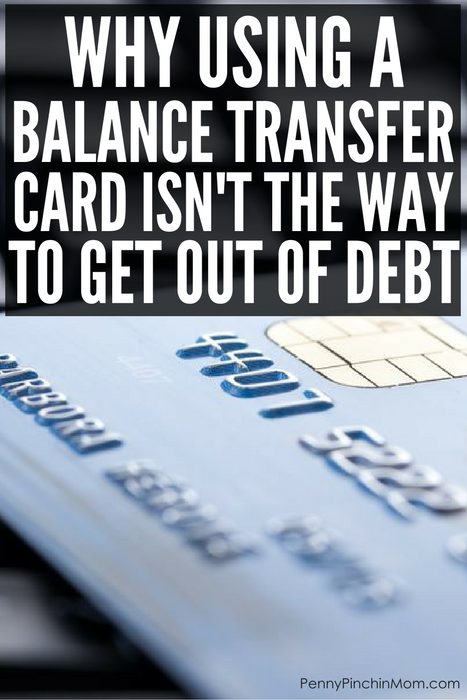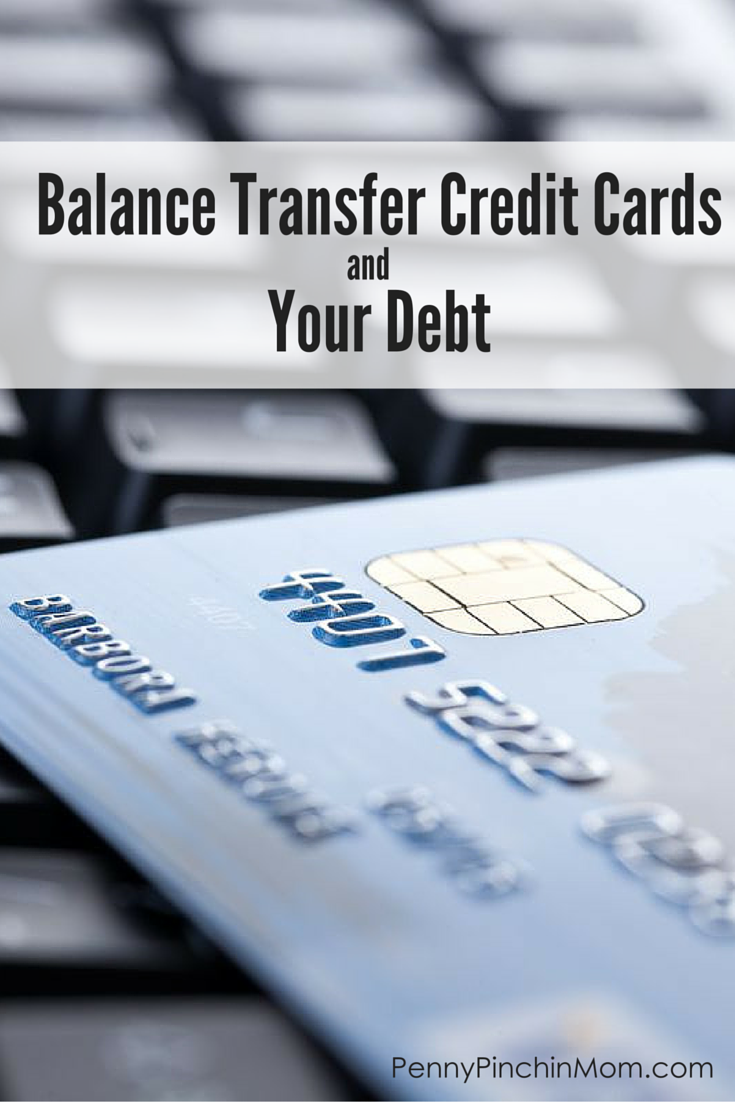Considering using balance transfer cards to pay off your debt? Is this is a good idea? Maybe. But then again, maybe not.
People with credit card debt usually do whatever they can to try to get it paid down. One option more are looking to use are balance transfer cards.
While this can reduce you interest rate, is it really a good debt relief option?
For some of you, this could be very helpful. However, it is something many of you should avoid doing completely. Find out whether you should or should not try this idea.
HOW CAN CREDIT CARD RELIEVE DEBT?
Balance transfer credit cards were designed to help consumers. They were created to help those with outstanding debt at high interest rates. The cards offer an option to allow them to take advantage of lower rates on their debts. They can also be used to consolidate debts to provide for one, easier to manage account.
However, what seems to be most appealing to debt relief seekers is the fact that balance transfer credit cards usually come with 0% promotional interest rates. In addition, their standard rates also often very competitive, which can also save you money. If used properly, you could feasibly reduce your interest rates through a sort of do it yourself debt consolidation.
IS THIS A GOOD OPTION FOR EVERYONE?
There is no such thing as a debt relief option that’s good for anyone and everyone. While there are some upsides to balance transfer cards, there are some drawbacks as well.
Here are a few reasons why you would want to stay away from balance transfer cards.
- Credit Requirements – Balance transfer credit cards provide some great perks. However, those perks have to be earned. To qualify for any option that’s worth your while, you’re going to need to have good to excellent credit scores. The harsh reality is most people who are looking for debt relief no longer have good credit.
- Debt to Income Ratio Requirements – Your credit score may get you approved for a balance transfer card. However, if your debt to income ratio is not low enough the available credit may not be large enough to consolidate your debts. That defeats the purpose of the option.
- Balance Transfer Fees – As with any service, the service of transferring a balance from one account to another is not free. To transfer a balance, you’ll find yourself paying anywhere from 3% to 5% of the total balance. There are rare promotions which wave this fee, so read the fine print.
- Financial Control – Let’s face it, the ability to spend more than you had in the past lead you to debt. You must be 100% confident you’ll no longer be using credit cards and racking up debt. Otherwise, this could turn into just another debt added to the pile. This option should only be taken advantage of by those who are focused 100% on getting out of debt!
USING BALANCE TRANSFER CARDS TO LOWER INTEREST
If you have credit card debt, you are probably paying, 12%, 18% or even more in interest payments. If you can find a way to transfer your balances onto a card which offers 0% interest, you can potentially save a lot of money. You will want to review the fine print and know the following before you sign up:
- How long will the introductory offer last?
- When the reduced rate ends, what rate will be charged?
- Will the new rate be retroactive to the initial transfer balance or simply applied to the remaining balance?
- Are there any annual or hidden fees?
You can use these types of offers to your advantage. You can move from offer to offer, and not have to pay any future interest on your balances. It can be very helpful and savvy, if you do so the right way. The only thing I caution is to transfer that balance prior to the end of the introductory period, so you do not have any residual interest payments.
HOW TO COMPLETE THE PROCESS
Step #1: Compare Your Options – Start by comparing your options to ensure that the card that you apply for is the best option for you. While you compare, look at things like standard interest rates, promotional interest rates, and fees. When you find the one for you, simply fill out the application!
Step #2: Call And Ask For The Transfer – When you receive your new card in the mail, you’ll need to call the lender to activate the card and process the balance transfer. To do so, call the customer service phone number on the back of the card and ask the representative to transfer the balances you need transferred. That’s it, you’re done!
FINAL THOUGHTS
Balance transfer credit cards definitely not an option for everyone. However, if you feel that this is an option for you, make sure to use it properly. It’s best to create a plan that will allow you to pay your entire balance off within the promotional period. However, if you’re not able to do so, make sure that you stay aggressive with your payments, and stop using credit cards until your debts are completely paid off!

